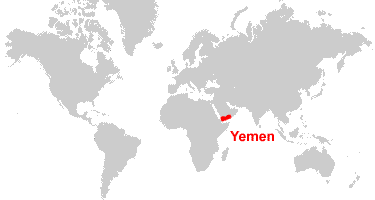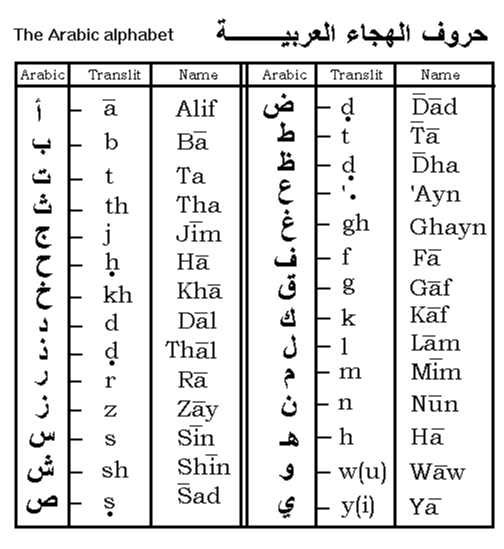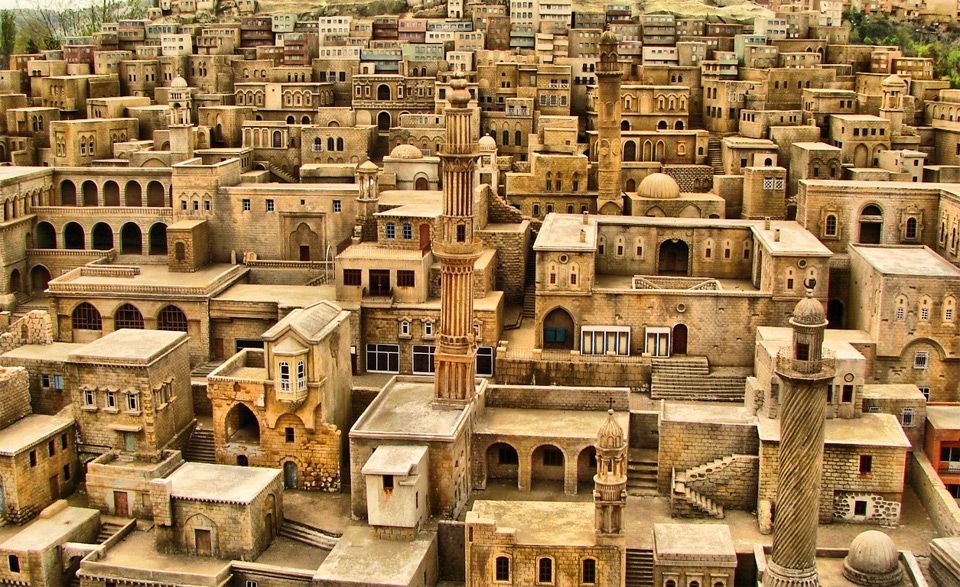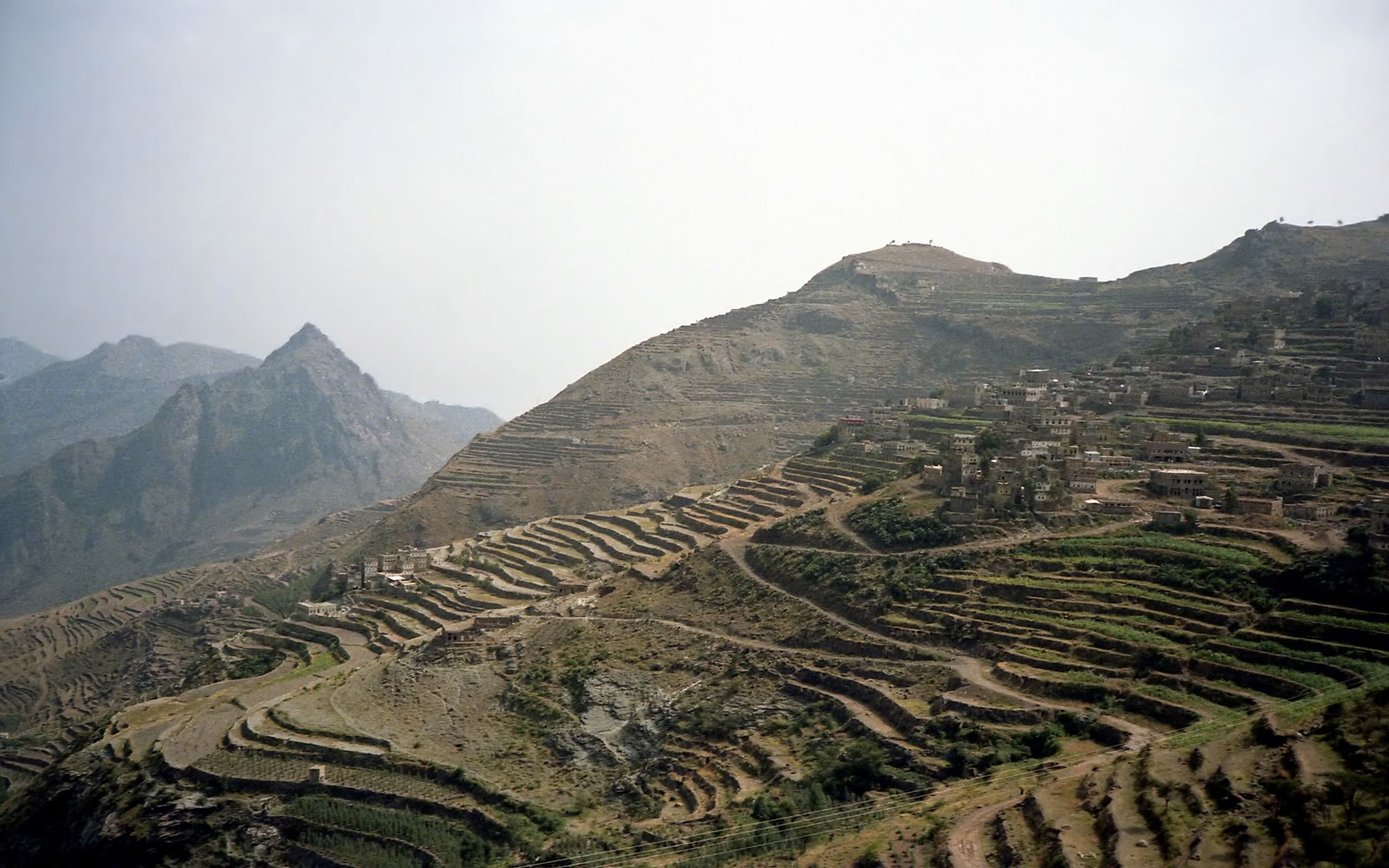أهلا وسهلا بك إلى اليمن Marhaba! Welcome to Yemen
FUN FACTS
- Yemen is a country at the southern end of the Arabian Peninsula in Western Asia between the largest part of Asia and the continent of Africa.
- Most people in Yemen are Muslim, but there are small communities of Christians, Hindus, and Jewish peoples as well.
- Sana’a is the capital of Yemen. Inside the city of Sana’a is the city of Old Sana’a which has been inhabited for more than 2,500 years. This makes it one of the oldest cities on earth!
- Frankincense and myrrh trees grow in Yemen and produce a resin, or sap, that is used as an oil or incense for its smell and healing properties by people all over the world.
- The traditional sport of camel jumping involves men competing to jump over the most number of camels from a standing start. A camel is usually about 6 feet tall and sometimes men will jump over 4, 5, or even 6 camels in a row!
- The island of Socotra has many interesting and strange plants. One is called Dracaena cinnabari or Dragon Tree because of its red sap. The island is often called “The Most Alien Place on Earth” because of its unusual landscape.


LET’S TOUR YEMEN
Take a tour through the Yemeni cities of Sana’a, Aden, Hadramout and then the island of Socotra with Arafat Musleh.
LEARN SOME ARABIC
The main language spoken in Yemen is Arabic. The Arabic alphabet has 28 letters which include single letter sounds and two-letter combinations similar to English consonant blends such as sh, ch, and th. Just as in the English language, the sounds of the letters in Arabic often change depending on how the letter is used within a word.
LEARN THE ABCS
When writing in Arabic, the letters are often connected like calligraphy or cursive writing. Here you can see someone demonstrate how to write each individual letter. You can hear how the letter is pronounced and see it spelled out phonetically in the upper left corner of the screen to help you pronounce it as well.
Sometimes the easiest way to learn something new is with music. See if you can follow along with this alphabet song and recognize the letters as they are pronounced. The chart shows the letters and their names in order.

LISTEN TO MORE ARABIC
Listen to the pronunciation of household vocabulary and see if you can pronounce the words in Arabic.
COFFEE AND MOCHA
Yemen was the first country to commercially grow and export coffee (qahwah). Caffe’ Mocha got its name from the city Mocha in Yemen. Farmers in Yemen utilize a terraced farming style for their crops. These step-like rows rise up the sides of the mountains and create additional space for Yemeni farmers to grow and coffee is often grown both up the paths and on the tops of the hills and mountains.
See how coffee is grown and dried as well as marketplaces, homes, architecture, and clothing.
Learn about the Yemeni origin of mocha!
ARCHITECTURE
The buildings throughout Yemen are as varied as the landscape of the country itself. They range from simple seaside huts to lavishly decorated Mosques and castles.

Al-Saleh’s Mosque, called the People’s Mosque, is the largest Mosque in Yemen at 294,000 square feet. It is built out of black basalt and red, white, and black limestone. It is one of the few mosques that is open to the public and welcomes tourists to visit. The three storied mosque also houses the Quran College with multiple classrooms, libraries, and space for over 600 students.
Dar al-Hajar, Stone House, was built as a royal palace for one of Yemen’s spiritual leaders. It was built in the 1920’s on top of the ruins of the original building that date back to the 1700’s. It is built as a fortress with its own space for food storage and its own water supply.

Buildings come in all shapes and sizes and are made out of a wide variety of materials. The buildings in Yemen are made out of mud and stone, and the stone is cut from the earth right there is Yemen. The people used what materials they had available to build the beautiful structures you can see in these pictures.


BUILD YOUR OWN HOME
What could you build with the raw materials that are available to you only in your home?
Do you have empty cereal boxes, toilet paper tubes, or egg cartons? Try creating a miniature building with a roof, multiple walls, doors, and windows.
Are there cardboard boxes that have not been thrown away yet sitting somewhere? Perhaps you have a blanket or a sheet and some clothespins that you could use to make a tent. Look around your home and find items that you might otherwise not think of as useful and bring them all together. Then see if you can build yourself a castle, house, fort or just a place to play. How creative can you be?
YPSI WRITES
In Yemen, artistic expression is reflected through many different mediums. One, as seen in the photo above, is architecture. This particular building, the Dar al-Hajar, was built in the 1920s.
In addition to older works of art like the Dar al-Hajar, there are also many different forms of contemporary art in Yemen. Some of the art that is being created has emerged as an acknowledgement that Yemen has faced difficult times and conflict; out of this conflict, art is still very much alive, and continues to reflect hope through creativity.
Click the button to see more Yemeni art and get inspired to create your own.


FIVE STONES GAME
Five Stones is a game similar to the popular game played here in the United States called Jacks, but played with five small stones or other objects that can easily be collected. The objects need to be about the size of cherry tomatoes so that you can hold them all in your hand at the same time.
HOW TO PLAY
- Drop all five stones onto a carpeted floor or a piece of fabric. Choose one stone and pick it up. This will be your “tossing stone.”
- Toss the “tossing stone” that is in your hand straight up in the air and at the same time reach down and grab one of the stones still lying on the floor. Then catch the stone you tossed into the air before it hits the floor. Now, if your reflexes were quick, you have two stones in your hand!
- Put the stone you picked up in one hand, leaving the “tossing stone” in the hand you toss with.
- Toss the “tossing stone” and pick up another from the floor and catch the “tossing stone” again before it hits the floor.
- Repeat these steps until you have all five stones in your hand.
You can then try doing this where you pick up two, three, or even four stones at one time from off the floor! Check out this video and watch how it’s done.
TERRACE FARMING
Yemen has difficult terrain, limited soil that can be farmed, and an inconsistent water supply. Farmers in Yemen have adopted some of the most highly sophisticated methods of water conservation and farming that can be found anywhere in the world.
There are mountainsides in Yemen that farmers have built terraces into to plant their crops. Because of the dry climate, the mountainsides are where the best soil is for farming. Terrace farming helps keep the water in the soil to benefit the crops and prevents the plants from washing away down the mountainside. The most common crops are cereals such as millet, corn, wheat, barley, sorghum, and even rice.




